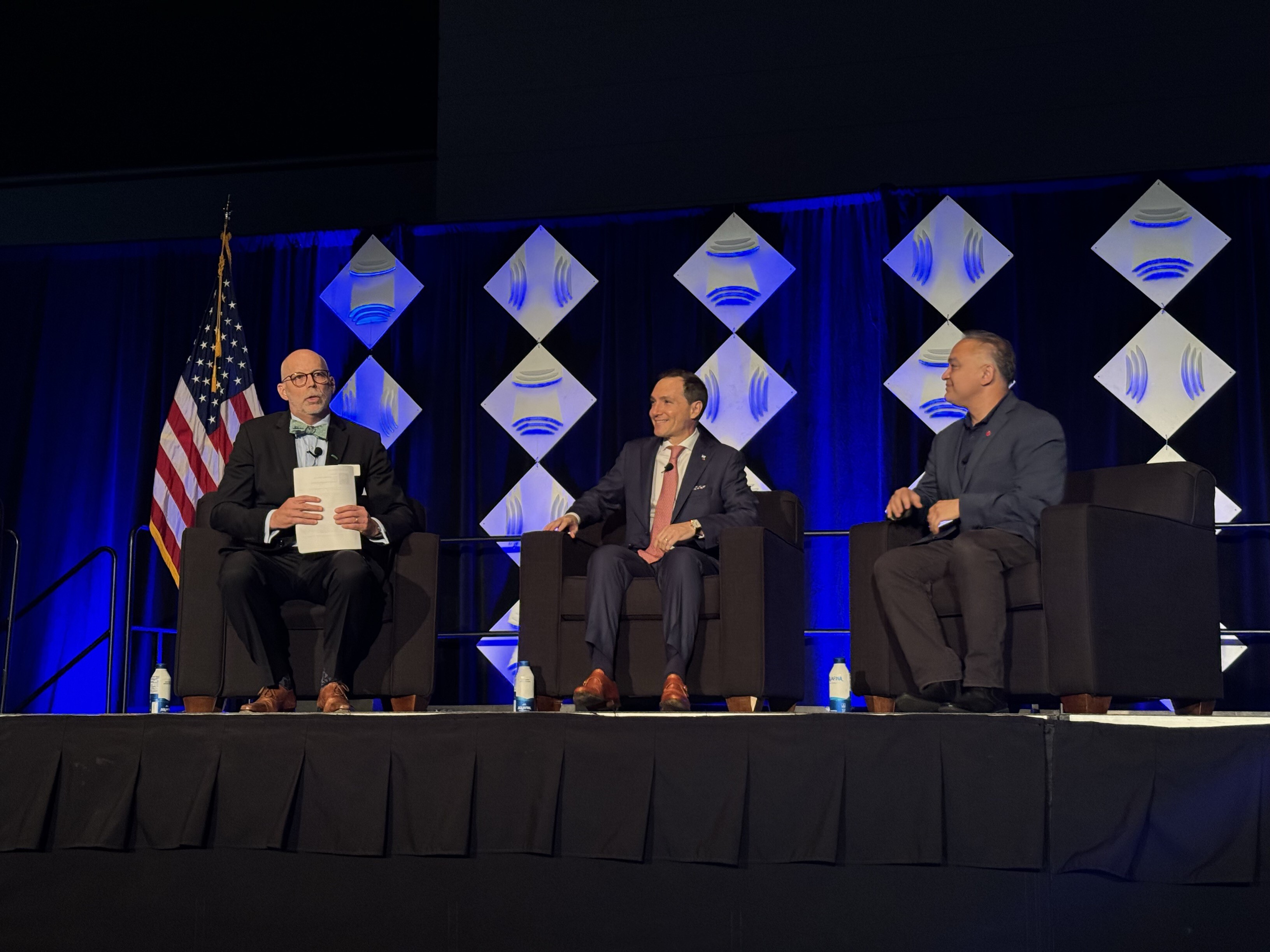October Pharma News Update: Disposable Manufacturing Materials and More

The October 2022 pharmaceutical news includes the PDG’s decision to move to become a global organization, the U.S. FDA issuing further draft guidance and an update on GAMP 5 from NSF Independent Consultant Rob Stephenson.
Changes to Disposable Manufacturing Materials: Questions and Answers
On July 29, 2022, the U.S. FDA issued guidance for industry titled “Changes to Disposable Manufacturing Materials: Questions and Answers.” The FDA says they receive questions about the limited availability of disposable manufacturing materials during periods of increased demand (e.g., public health emergencies or natural disasters). This new guidance describes chemistry, manufacturing and controls (CMC) post-approval changes related to disposable manufacturing materials that applicants can pursue in drug and biological product manufacturing. Applicants should use science-based and risk-based principles, and current FDA guidance for industry, to determine the appropriate reporting category to communicate changes to disposable manufacturing materials.
The guidance provides answers to three questions:
Q1: What are some possible changes an applicant can make to disposable manufacturing materials, and what reporting categories are applicable?
Q2: Are there steps to lower the reporting category of a supplement?
Q3: When and how should an applicant contact the FDA for feedback on a proposed change?
This guidance applies to biologics license application (BLA) products, human drug products marketed as new drug applications (NDAs) or abbreviated new drug applications (ANDAs), and animal drugs marketed as new animal drug applications (NADAs) or abbreviated new animal drug applications (ANADAs). This guidance also applies to all manufacturing establishments, including those that perform functions under contract.
In July 2022, the European Commission published a proposal for a new regulation on standards of quality and safety for substances of human origin (SoHO) intended for human application, which will repeal the current Blood Directive 2002/98/EC and the Tissues and Cells Directive 2004/23/EC.
The commission states that the proposed new regulation:
- Supports the continued provision of SoHO therapies, now and in the future, based on high safety and quality standards and up-to-date technical rules;
- Extends protective measures to new groups of patients, to donors and to offspring born from medically assisted reproduction;
- Improves harmonization across member states, facilitating cross-border exchange of SoHO and improving patient access to the therapies they need;
- Creates conditions for safe, effective and accessible innovation in a unique sector driven by public health services and voluntary and unpaid donations;
- Improves crisis preparedness and resilience to safeguard access to therapies;
- Implements digital-ready policies; and
- Contributes to the European Health Union by pooling of technical expertise and achieving economies of scale.
A Risk-Based Approach to Compliant GxP Computerised Systems — GAMP 5 Guidance
At the end of July 2022, ISPE published an updated version of the widely accepted GAMP 5 guidance on “A Risk-Based Approach to Compliant GxP Computerized Systems.” This revised Good Practice Guide supersedes the original GAMP 5 published in 2008.
The following review of the updated GAMP 5 is provided by NSF Independent Consultant and computer systems expert Rob Stephenson:
The objectives of this update are to reflect various and ongoing technical developments that have increasingly influenced how computerized systems are developed and implemented for industry use. At the same time, the guidance further encourages good practice in critical thinking and knowledge management to achieve effective and efficient computerized system validation (and is fully aligned with the much-anticipated U.S. FDA guidance on computer software assurance (CSA) expected later this year).
Increasingly, computerized systems are developed in an iterative and incremental manner, using rapid development methodologies such as Agile, fully supported by mature software development, life-cycle management and automated testing tools. In addition, applications and IT infrastructure are frequently provided “off-premise” as a service to regulated customers by multiple cloud service providers. For these reasons, the validation of computerized systems increasingly relies on sound supplier evaluation and establishing comprehensive service-level agreements to ensure compliance throughout the computerised system life cycle. Issues arising from this changed environment have driven many of the GAMP 5 Second Edition revisions.
The GAMP 5 Second Edition guidance document now extends to over 400 pages, but the core principles requiring good planning, clear requirements and specification activities, and effective verification processes remain in place. The original GAMP 5 guidance structure (main body plus topic sections containing multiple appendices) has been maintained. However, the content has been thoroughly reviewed and revised to reflect the added emphasis on pragmatic approaches and facilitating technological innovation.
Of particular note is a move away from the habitual creation of paper documentation as validation “deliverables” to a critical-thinking- and risk-based evaluation of evidential records created during concept, project, operation and retirement phases. Where compliance can be adequately demonstrated by the review of electronic records held within well-evaluated tools and validated applications, the production of hard-copy documents is considered non-value-adding. This is likely to drive significant changes in system validation approaches within the industry.
Another innovation is that the guide and supporting materials are now available from ISPE only as a download in electronic PDF format. There are approximately 50 topic sections included in the guide, along with some example forms and supplier questionnaires. New content includes appendices on Agile software development, systems based on artificial intelligence and machine learning (AI/ML), and distributed ledger systems (blockchain). Sections on electronic production records and the operation phase have been comprehensively revised, and other topics have been combined or retired. For example, the appendix on specifying requirements combines the previous sections on user requirements specification and functional specification.
Recent ISPE GAMP guidance on data integrity, knowledge management and enabling innovation is also extensively cross-referenced. References to relevant regulations, regulatory and industry guidelines, and external standards have also been brought up to date.
FDA Draft Guidance on Computer Software Assurance
The U.S. FDA has issued draft guidance to provide recommendations on computer software assurance for computers and automated data processing systems used as part of medical device production or the quality system. While this guidance is intended for medical devices, it may also be of interest to the pharmaceutical industry, as it provides an insight into the FDA’s current thinking on the general topic of computer software validation.
This draft guidance is intended to:
- Describe “computer software assurance” as a risk-based approach to establish confidence in the automation used for production or quality systems, and identify where additional rigor may be appropriate; and
- Describe various methods and testing activities that may be applied to establish computer software assurance and provide objective evidence to fulfill regulatory requirements, such as computer software validation requirements in 21 CFR Part 820.
When final, this guidance will supplement the FDA guidance “General Principles of Software Validation,” except that this guidance will supersede Section 6 (“Validation of Automated Process Equipment and Quality System Software”).
Pharmacopeial Discussion Group Seeks to Become a Global Organization
The Pharmacopeial Discussion Group (PDG) was formed in 1989, with representatives from the European Directorate for the Quality of Medicines (EDQM)/European Pharmacopoeia (Ph. Eur.), United States Pharmacopoeia (USP) and Japanese Pharmacopoeia (JP) working on harmonizing excipient monographs and general chapters in the pharmacopeias. In 2001, the PDG welcomed the World Health Organization (WHO) as an observer. While not part of the ICH, the PDG typically met in conjunction with the ICH and provides the ICH Steering Committee with reports of its harmonization progress.
At its meeting in 2021, the PDG decided to launch a pilot to expand its membership to become a global organization. Global pharmacopeias that were interested in participating in this pilot were invited to submit their applications, which were then evaluated based on objective entry criteria. The PDG has announced that after reviewing each application, it has agreed by consensus to start the pilot phase in October 2022, with the Indian Pharmacopoeia Commission (IPC) being the only applicant that met all the requirements in the entry criteria.
Share this Article
How NSF Can Help You
Get in touch to find out how we can help you and your business thrive.

What’s New with NSF

NSF Shanghai Named Critical Site for NSF/ANSI 455 and NSF/ANSI 173 by ANSI National Accreditation Board
July 26, 2024
NSF Takes Center Stage at NEHA Annual Education Conference
July 25, 2024
NSF Asia Pacific Showcases Hospitality Solutions at THAIFEX HOREC Asia 2024 in Bangkok, Thailand
July 4, 2024